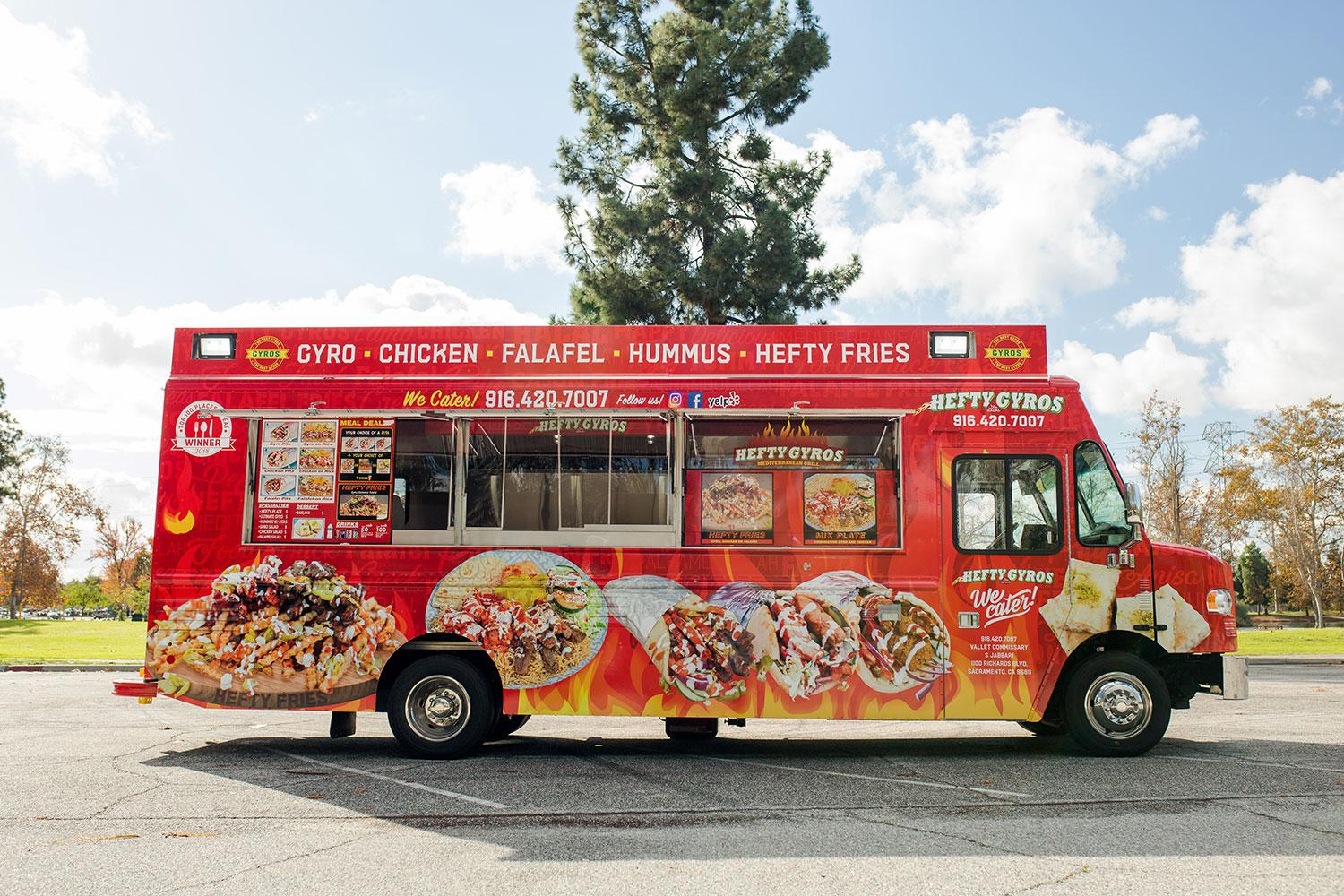Confessions of a Food Truck Regular: Why I Chase the Same Cart

I have a confession to make: I am completely, utterly, and probably unhealthily obsessed with a food truck. Not food trucks in general – though I certainly appreciate the mobile dining scene – but one specific truck that has somehow become the center of my daily routine, my social calendar, and quite possibly my entire identity as an eater.
The First Bite That Changed Everything
It started innocently enough, as these things usually do. Three years ago, I was working downtown and needed a quick lunch between meetings. The usual sandwich shop had a line that stretched around the block, and I was running late. That’s when I spotted “Nonna’s Kitchen” – a cheerful yellow truck with hand-painted Italian flag colors and the most incredible smell wafting from its service window.
I ordered what the menu called “The Classic” – a meatball sub that the owner, Tony, assured me was made from his grandmother’s recipe. When I bit into that sandwich, something fundamental changed in my relationship with food. This wasn’t just lunch; it was a revelation wrapped in focaccia bread. The meatballs were tender and perfectly seasoned, the sauce had layers of flavor I couldn’t identify but knew I needed in my life, and the bread had been grilled to achieve that perfect balance of crispy exterior and soft interior.
From Customer to Family
But it wasn’t just the food that hooked me. Tony remembered my name after my second visit. By my fifth visit, he knew my order. By my tenth, he was asking about my job, my weekend plans, my opinion on whether he should add chicken parmigiana to the menu. Somewhere along the way, getting lunch stopped being about sustenance and became about connection.
I should probably mention that I’m not naturally a social person. I’m the type who avoids small talk with cashiers and prefers self-checkout at grocery stores. But something about the food truck environment broke down my usual barriers. Maybe it was the casual atmosphere, or the fact that everyone was there for the same reason – we all just wanted Tony’s incredible food. Whatever it was, I found myself looking forward to those brief interactions as much as the meal itself.
The Routine That Became My Anchor
As the months passed, my visits became more frequent. What started as a weekly treat became three times a week, then daily, then sometimes twice daily when Tony started serving breakfast sandwiches. My coworkers began to joke that they could set their watches by my 12:15 departure for “the Tony run.” Some expressed concern about my eating habits, but they didn’t understand – this wasn’t about convenience or even addiction to the food, though both played a role.
The truth is, Nonna’s Kitchen became my anchor point in an increasingly chaotic world. No matter what crisis was happening at work, no matter how stressed I felt about personal issues, I knew that at 12:15, I could walk four blocks and find Tony’s familiar smile, the comfort of routine, and food that somehow made everything else manageable. In a city where everything felt temporary and impersonal, this small yellow truck represented consistency and genuine human connection.
The Community of Regulars
I wasn’t alone in this attachment. Over time, I began to recognize other regulars. There was Margaret, a retired teacher who came every Tuesday for Tony’s special pasta salad. David, a construction worker who always ordered two meatball subs – one for lunch and one for dinner. Lisa, a nurse who worked night shifts and relied on Tony’s breakfast sandwich to fuel her commute home at 7 AM.
We all had our spots in Tony’s ecosystem. I learned that Margaret had helped Tony perfect his pasta salad recipe, suggesting the addition of roasted red peppers that made all the difference. David had recommended the supplier Tony used for his bread, having connections in the construction industry that extended to commercial bakeries. Lisa had convinced Tony to start accepting credit cards, explaining how much easier it would make transactions for his customers.
It reminded me of the food trucks in Melbourne. We weren’t just customers; we were stakeholders in Tony’s success, invested in ways that went far beyond our daily lunch budgets.
The Vulnerability of Attachment
Of course, this level of attachment came with vulnerabilities I hadn’t anticipated. When Tony announced he was taking a two-week vacation to visit family in Italy, I experienced something approaching genuine grief. Two weeks without my daily ritual, without my guaranteed positive interaction, without the food that had become as essential to my routine as coffee or checking email. I tried other food trucks during his absence, but nothing compared. It felt like cheating.
When Tony’s truck broke down and he had to miss three days of service, I found myself wandering the streets during my lunch break, lost and oddly emotional about the disruption to my routine. I realized that somewhere along the way, this had stopped being about food at all. Tony’s truck had become my neighborhood bar, my corner store, my local gathering place – except it was mobile, which made the connection feel both more precious and more precarious.
The weather became a constant source of anxiety. Snow days meant no truck. Heavy rain might keep Tony away. Extreme heat could make standing in line unbearable for customers, which meant lower sales and the possibility that Tony might decide the day wasn’t worth it. I found myself checking weather forecasts with the dedication of a farmer planning crops.
What Others Didn’t Understand
My friends and family initially found my devotion amusing, then concerning. “It’s just a food truck,” they’d say, not understanding that it had become much more than that. When I tried to explain the sense of community, the reliability of the routine, the quality of both food and human interaction that Tony provided, they’d nod politely but clearly think I was overreacting.
But they were missing the point entirely. In our increasingly digital, isolated world, Tony’s truck represented something increasingly rare: a third place that was genuinely accessible, where social interaction was natural and unforced, where I could be a regular without the pressure of formal restaurant service or the impersonality of chain establishments.
The Moment I Understood
The turning point in my understanding of this relationship came when Tony announced he was considering retirement. His back was bothering him, the long hours were taking their toll, and his wife wanted him to slow down. The news hit the regular customer base like a family announcement, because in many ways, that’s what it was.
That’s when I realized that what I’d been chasing wasn’t just great food or even routine – it was belonging. Tony’s truck had become my chosen family’s gathering place, a spot where I was known, valued, and cared for in small but meaningful ways. The food was the excuse; the community was the real draw.
Tony ultimately decided to continue operating, at least for now, but the scare made me appreciate what we had even more. Every interaction became more precious, every meal more savored. I started bringing friends and colleagues to experience what I’d discovered, wanting to share this special place while we still could.
Three years later, I’m still chasing the same cart, and I’m not ashamed of it anymore. In a world that often feels disconnected and impersonal, I’ve found a small corner of authentic community, and I’m going to hold onto it as long as I can. After all, everyone needs their place – mine just happens to have wheels.



